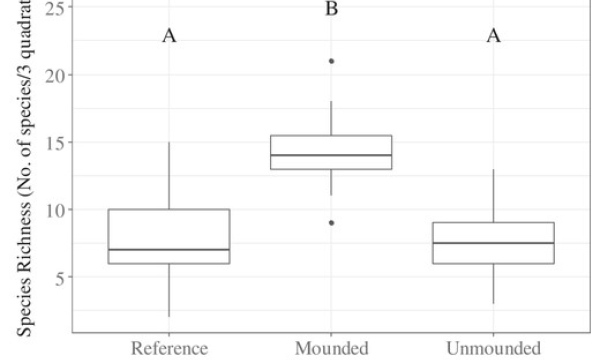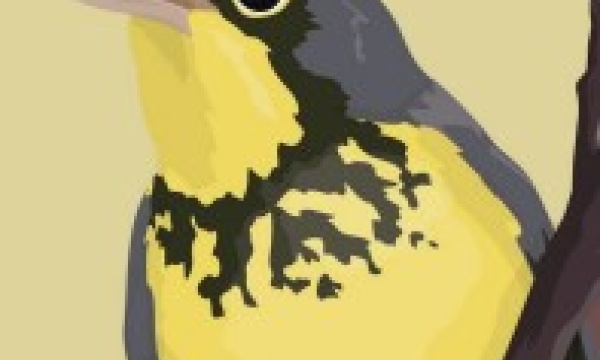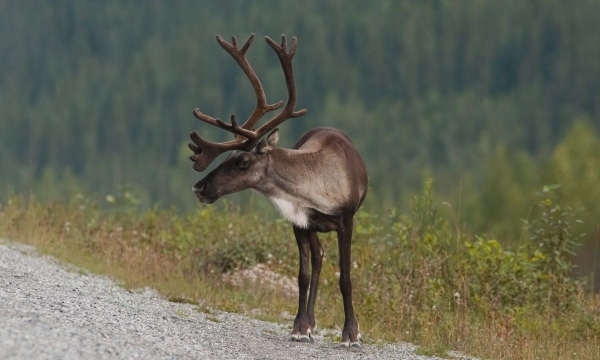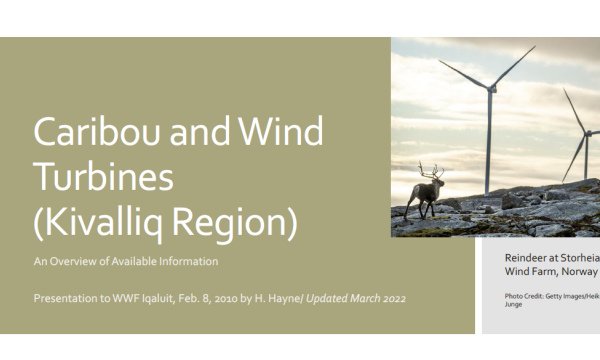Land Management Resources
Resource
Authors
Laureen Echiverri
Ellen Macdonald
Scott Nielsen
Treed peatlands are dominated by bryophytes, particularly Sphagnum spp., which create the characteristic hummock-hollow microtopography. This, in turn, shapes the distribution of bryophyte communities...
Resource
Authors
Jocelyn Gregoire
Richard Hedley
Erin Bayne
Seismic lines have an extensive footprint in Canada's western boreal forest that alter habitat conditions for many species. Seismic lines exist within a range of seral states due to changing practices...
Resource
Understanding how birds respond to landscape disturbance is key to effective restoration. Two studies used non-invasive microphone arrays to determine the exact locations of singing individuals in the...
Resource
Mounding is a common restoration technique designed to improve microsite conditions for planted seedlings in wetlands. There are a variety of strategies for constructing mounds, though, and how mounds...
Resource
Authors
Rob Skakun
Guillermo Castilla
Juha Metsaranta
Ellen Whitman
Sebastien Rodrigue
John Little
Kathleen Groenewegen
Matthew Coyle
This study created a 35-year time series of wildfire burned areas in Canada from 1986 to 2020, using data from satellite imagery and aerial surveys. Wildfires are a major natural disturbance in Canada...
Resource
Authors
Annie Claude Bélisle
Sylvie Gauthier
Hugo Asselin
This study compares the perspectives of Indigenous and scientific communities on environmental changes in boreal landscapes of Quebec, Canada to determine where collaboration between Indigenous...
Resource
A 22 slide presentation (exported as a pdf) providing an overview of effects of wind turbine development on Caribou.
Resource
Authors
Jean-Marie Sobze
Lakshman Galagedara
Mumtaz Cheema
Raymond Thomas
Sahari Inoue
Boreal forests across Canada and other geographic areas globally have vast networks or densities of seismic lines, pipelines, access roads, utility corridors, and multipurpose trails collectively termed “linear disturbances” or “linear features.”
Resource
Authors
Annabel Arnott
Lakshman Galagedara
Raymond Thomas
Mumtaz Cheema
Jean-Marie Sobze
Land degradation as a result of unregulated mineral exploration and mining, negatively impacts local communities and vulnerable ecosystems.
Resource
Authors
Mark Baah-Acheamfour
Jean-Marie Sobze
The longevity of seeds in storage is modulated by the initial quality as well as the storage conditions.






